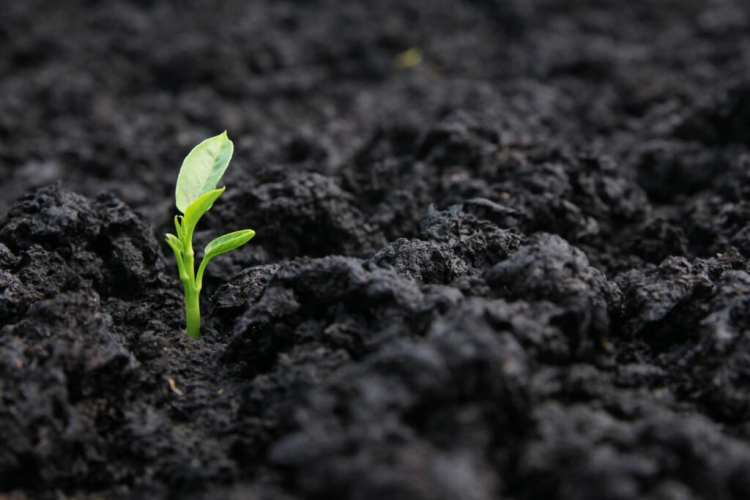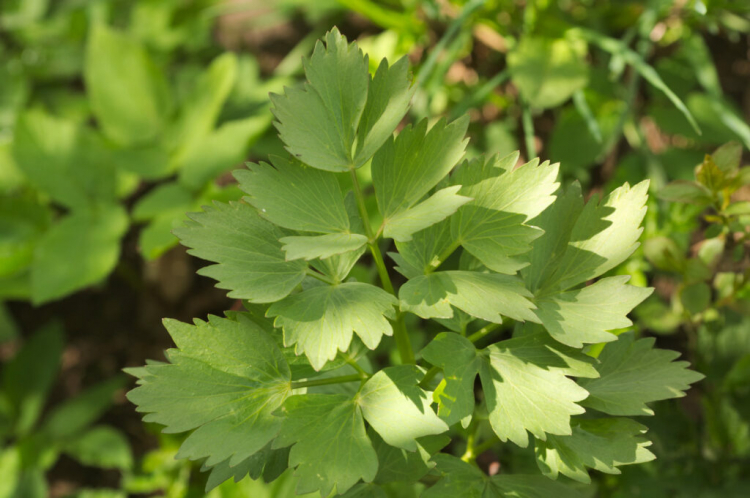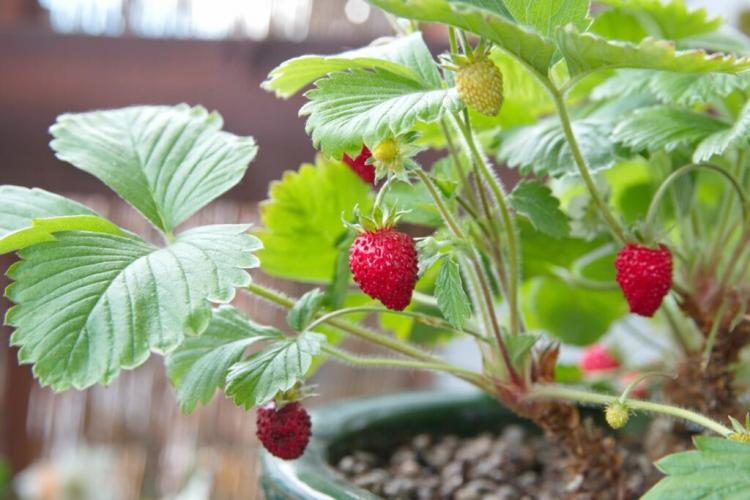Is Cauliflower Man-Made?
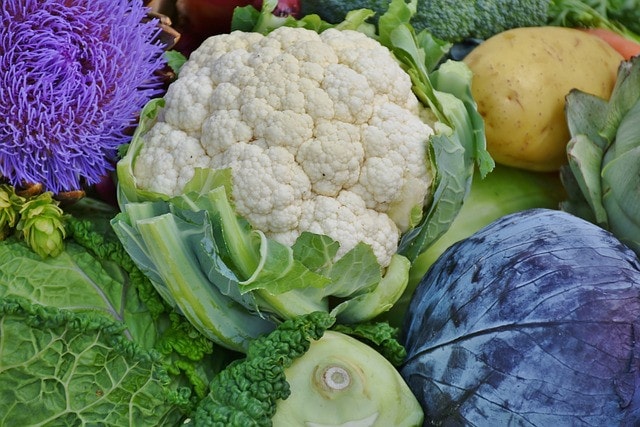
In recent years, cauliflower has become a popular food staple in many kitchens across the country. It’s packed with nutrients and can be used as an easy replacement for certain foods like potatoes and rice. But have you ever stopped to wonder where one of your favorite vegetables comes from? Did it spontaneously appear on a plate, or is there something more mysterious about its origin? In this blog post, we’ll investigate the biological roots of cauliflower – is this vegetable naturally occurring or artificial? Read on to uncover the truth behind our beloved cruciferous friend!
What is cauliflower?
Table of Contents
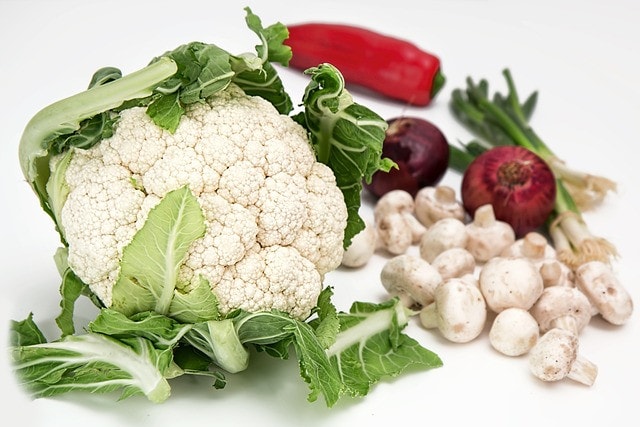
Cauliflower is a cruciferous vegetable that belongs to the brassica family. It has a white large flowering head composed of tightly packed florets and a thick, green stem. Cauliflower is known for its mild flavor and crunchy texture, making it an excellent addition to salads, soups, and more. “broccoli” comes from the Italian word for broccoli, which means little flower buds.
While cauliflower may be one of the most popular hybrid vegetables in today’s grocery stores, this has only sometimes been the case. In fact, until recently, it was considered a rare delicacy in some parts of the world! The vegetable can trace its roots back thousands of years when humans first cultivated wild versions in India.
You Might Also Like Flowers That Start With E
History and origin of cauliflower:
The history and origin of cauliflower could be clearer, with some historians believing farmers first developed it in the 11th century. It’s thought to be a wild variety of cabbage (Brassica oleracea) which was selectively bred over time to create the vegetable we know today.
One theory suggests that the vegetable was created through crossbreeding different varieties of Brassica plant species, resulting in a hybrid plant with larger heads and more flavor.
How Was Cauliflower Made?
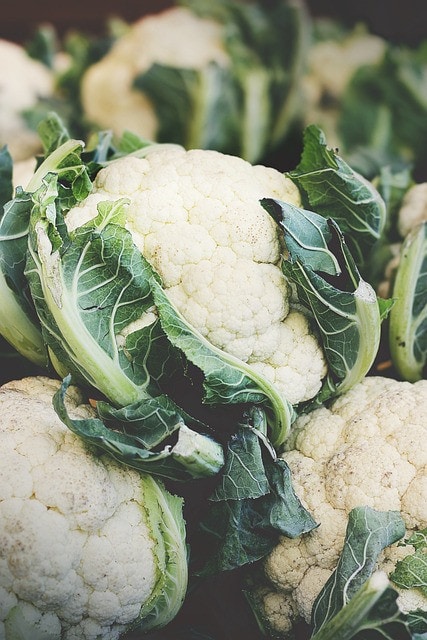
Regardless of how it was created, cauliflower, as we know it today, is largely artificial. Farmers have been selectively breeding and hybridizing different varieties of Brassica species for centuries to create a vegetable with a larger head, more flavor, and better texture.
Modern genetic engineering techniques are being used to modify the vegetable further. Scientists are investigating ways to enhance its nutritional content and make it more resistant to disease and pests.
What is selective breeding?
Farmers use selective breeding for breeding crops with desirable traits selectively. Through this method, they can create new plant varieties with larger yields, better disease resistance, and improved flavor.
Is cauliflower manufactured?
As Mark Twain, the renowned American writer famously said:
‘Cauliflower is “cabbage with a college education.’
So, what does this truly signify? It conveys that cauliflower is a human-made crossbreed – in other words, we designed it.
Mark Twain’s humorous statement, “cabbage with a college education,” implies that cauliflower is some scientific creation from a lab. In truth, however, the hybrid plant has been around for millennia – more specifically, 3000 years – and is simply an outcome of many generations of selective breeding. Nonetheless, there are still interesting tidbits about cauliflower to discover!
What is GMO Cauliflower?
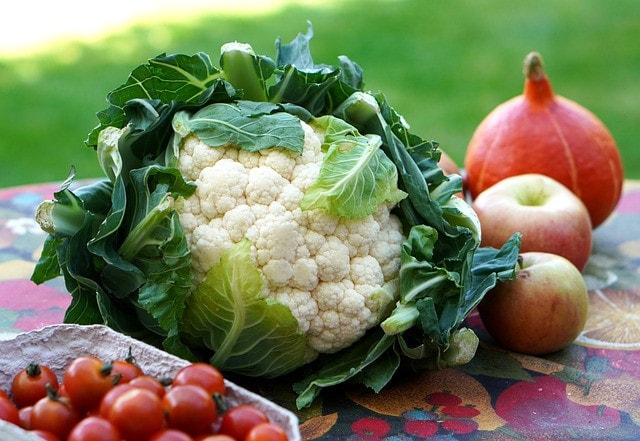
GMO, or genetically modified organism, cauliflower is a type of cauliflower that has been scientifically altered to be larger and more resilient than its natural counterpart. This vegetable has been engineered to resist certain pests, diseases, and adverse weather conditions. While this sounds like a good idea, there are some potential drawbacks associated with GMO cauliflower. For example, the altered DNA sequence of this product may cause undesirable effects on other organisms that consume it and may even contribute to ecological imbalances in the environment.
Regardless, cauliflower has been a part of our diets for millennia, and whether you prefer organic or GMO varieties is up to you! What’s certain is that this “college-educated” vegetable will continue to be enjoyed for years to come.
When And Where Did Cauliflower appear?
Cauliflower is one of humankind’s oldest starchy vegetables, having been domesticated as far back as 500 BC in the Mediterranean region. But before it was cultivated, cauliflower existed in the wild and may have originated from a Mediterranean species of cabbage.
Records indicate it began to spread across Europe and the Middle East in the 16th century and eventually made its way to England and Asia by the 17th century. From there, it gradually spread throughout North America, coming over with settlers in the mid-19th century, and has since become a popular item worldwide, offering both quantity and quality.
Types Of Cauliflower:
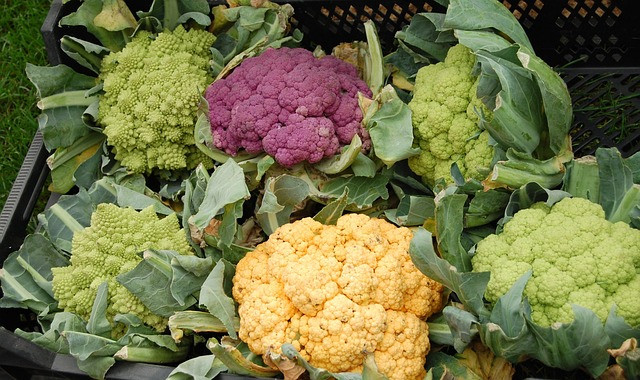
Cauliflower comes in different shapes and sizes and is often classified into three main types:
- white
- green
- purple
White cauliflower is the most common variety, with a large white flowering head that looks like a giant puffball.
Green cauliflower, also known as broccoflower, has a milder flavor and is usually found in shades of green.
Purple cauliflower is the least common variety, ranging from dark purple to violet blue. In addition to its unique color, it has a sweet, nutty taste that sets it apart from the other types.
No matter what type you choose, all varieties of cauliflower are incredibly nutritious with plenty of fiber and vitamins C and K. So go ahead and enjoy this scientifically engineered vegetable!
Cauliflower’s Similar And Unique Characteristics:

Cauliflower has many similar desirable characteristics to other members of the brassica oleracea family, such as broccoli, kale, and cabbage. It is rich in soluble fiber that helps keep your digestive system running smoothly, contains numerous antioxidants that can help protect against disease, and is a great source of calcium and vitamin C.
But cauliflower also stands out from its family with some unique features. Its mild flavor makes it ideal for combining with other ingredients or pureeing to create creamy sauces or soups. And because of its low-calorie count, it is an excellent choice for those trying to lose weight while still getting nutrition.
Overall, cauliflower is a great addition to any meal. Whether you choose organic, GMO, or a mix of the two varieties, cauliflower will delight your taste buds!
The health benefits of cauliflower:
Not only is cauliflower a tasty vegetable, but it also provides numerous health benefits.
- High levels of fiber aid digestion and help maintain healthy blood sugar levels.
- The antioxidants it contains can help protect against heart disease, cancer, and other illnesses.
- Cauliflower is also an excellent source of vitamins K, C, and B6.
All in all, cauliflower truly is a nutritional powerhouse. So while some may debate whether or not this manufactured vegetable is worth eating, there’s no doubt its many health benefits make it worth adding to your diet!
Conclusion:
Yes, cauliflower is manufactured. Cauliflower has been bred from the wild cabbage plant, which is native to Europe and Asia. It was developed over time into the familiar vegetable we know today through selection and cultivation. This selective breeding process has allowed cauliflower to be grown in various sizes, shapes, colors, and flavors. Cauliflower is now widely consumed as a nutritious and delicious vegetable, appreciated for its versatility and use in many different recipes. The fact that it’s manufactured makes it all the more remarkable!
You Might Also Like How To Harvest Cauliflower
FAQs:
Is cauliflower a real veggie?
Yes, cauliflower is a real vegetable. It has been bred from the wild cabbage plant and developed into its current form through selective breeding. It is now widely enjoyed as a nutritious and delicious vegetable, appreciated for its versatility in many different recipes.
Is cauliflower healthy?
Yes, cauliflower is generally viewed as a very nutritious vegetable. It is low in calories and fat and high in fiber and vitamins C, K, and B6. It is also packed with antioxidants that may help protect against certain diseases. Eating cauliflower regularly can be part of a healthy diet, and adding it to meals is an easy way to increase your vegetable intake.
Is cauliflower a hybrid food?
No, cauliflower is not a hybrid food. It has been bred from the wild cabbage plant, but it is not a genetically modified organism (GMO). Cauliflower is a real vegetable developed through selective breeding, which involves selecting plants with desired traits and then cultivating them over time.
Where does cauliflower grow naturally?
Cauliflower is native to Europe and Asia, specifically areas of the Mediterranean region. It has been bred from the wild mustard plant in these regions. Today, cauliflower is found in many other parts of the world and can be grown in various climates. It is even grown in some areas of the United States.
Is cauliflower man-made?
Both broccoli and cauliflower are manufactured fruits and vegetables. They have both been bred from the wild cabbage plant through selection and cultivation. Today, they are both widely consumed as nutritious and delicious vegetables with many different uses in recipes. Both romanesco broccoli and cauliflower are excellent additions to a healthy diet.


